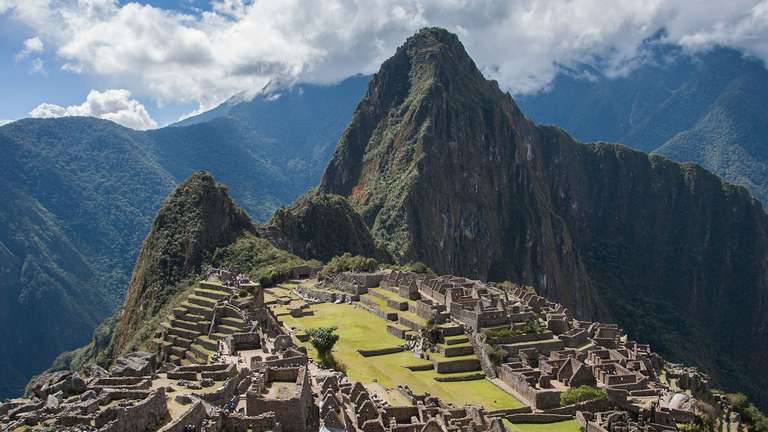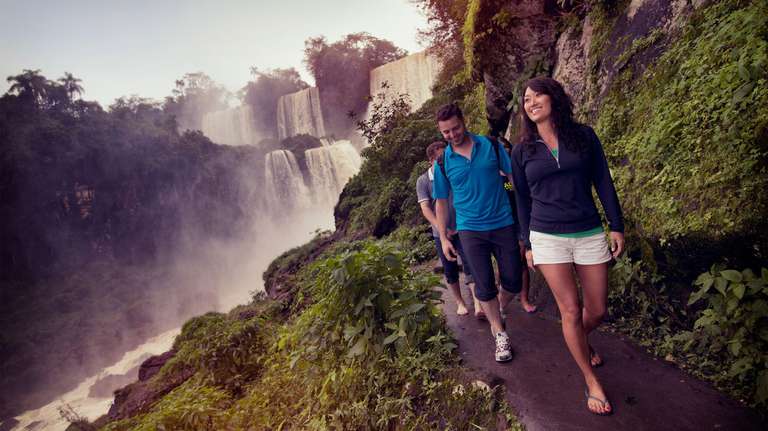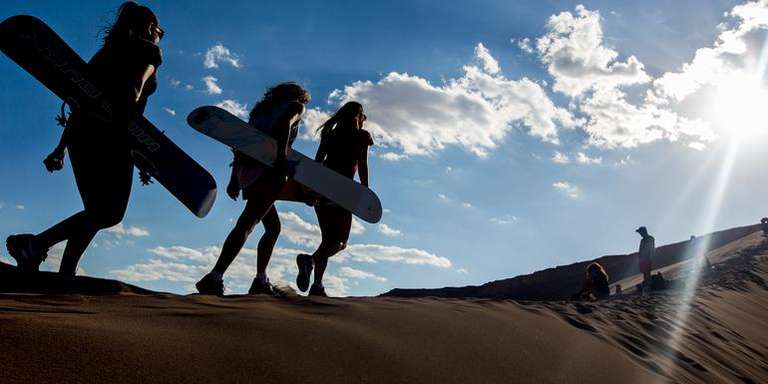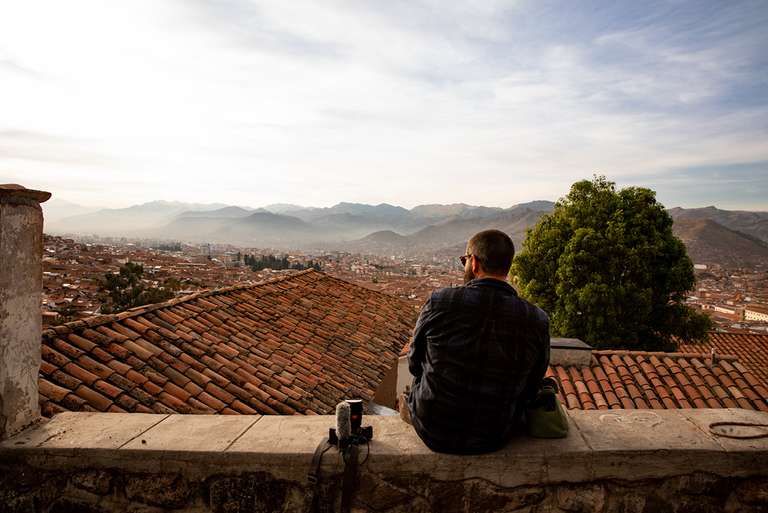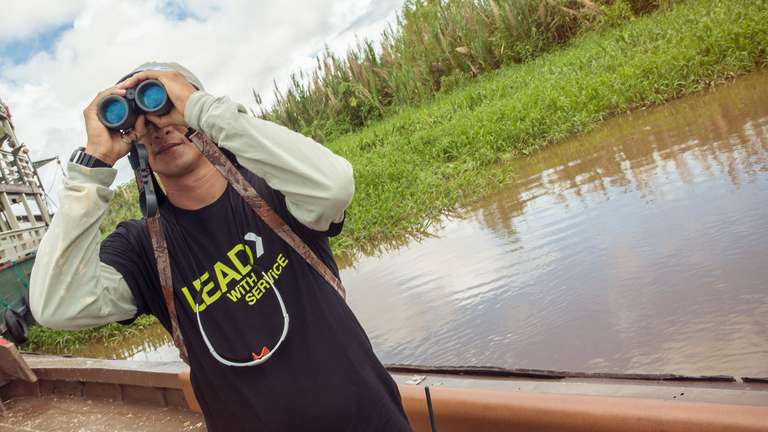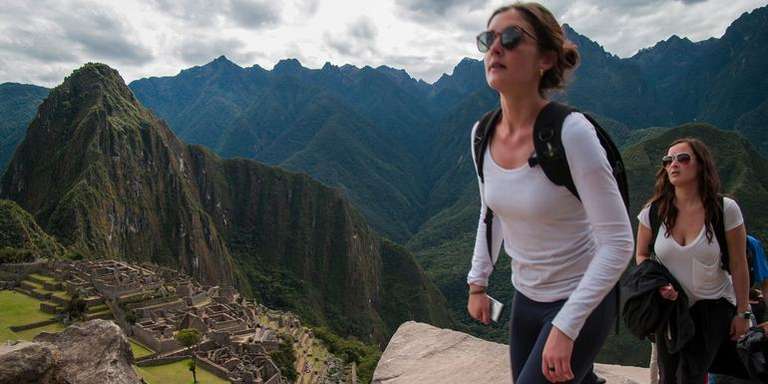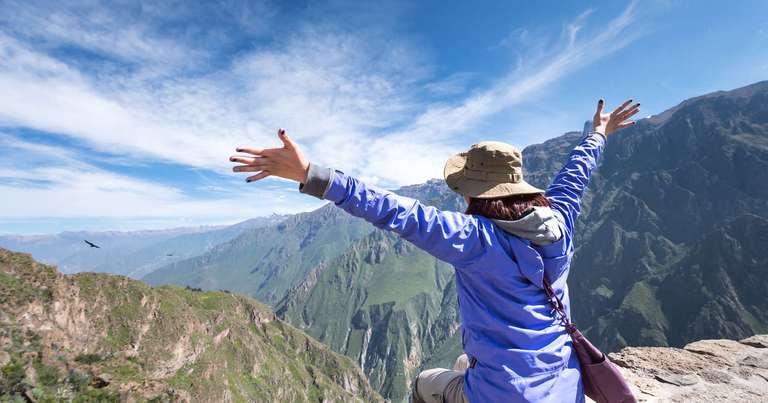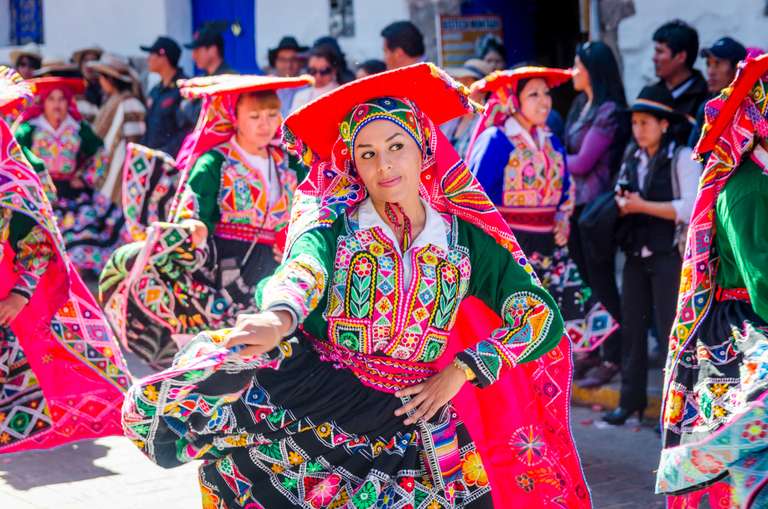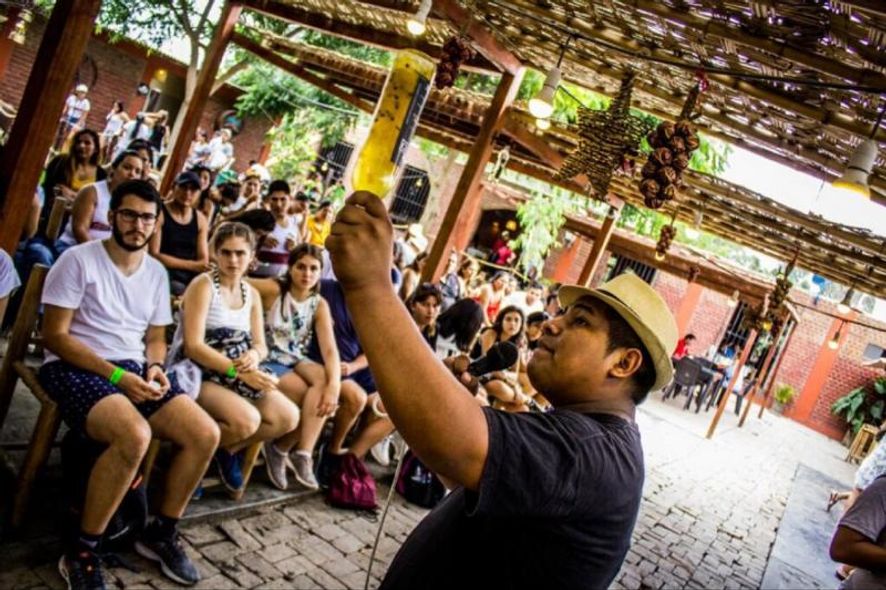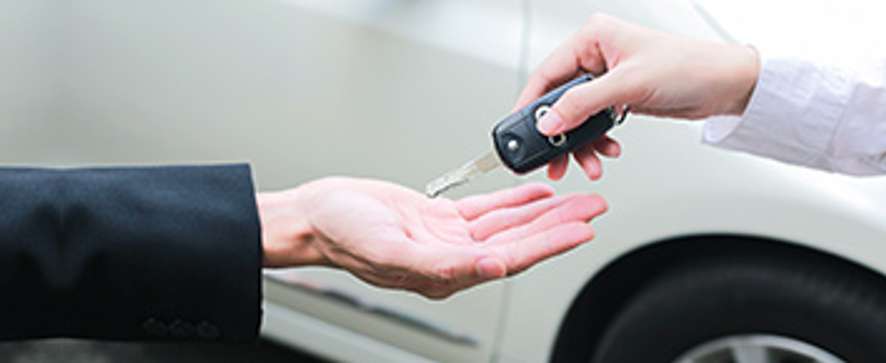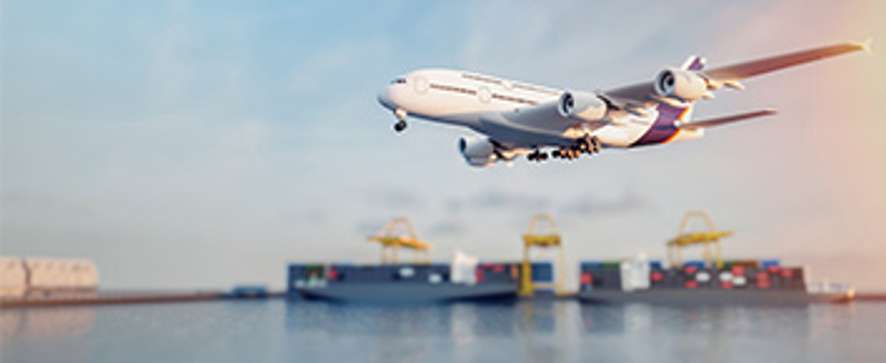The Colca Canyon Tour: Don’t Skip It!

- Angelo V
- From
- Angelo V
- From
- Zalina A
- From
- Yfat Y
- From
How to get there
The gateway to the Colca Canyon is Arequipa, Peru’s second-largest city. For independent travellers, a bus service connects Arequipa to the towns of Chivay and Cabanaconde, popular bases for exploration of the valley, and there are several departures per day. The journey to Chivay takes two to three hours and travelling on to Cabanaconde takes about the same again.
Best time to visit
The dry season runs from May to November and is probably the most comfortable time to visit. The weather is cool but temperatures can drop below freezing at night. However, the rainfall is minimal and this is a good time for trekking. The best time to see condors is from June to September. The rainy season runs from December to April, reaching its maximum intensity in February, and these months are best avoided. At the end of the rainy season in April and May, the fields are green, the mountains are topped with snow and the valley is at its photogenic best.
What to see and do
The Colca Canyon tour is now one of Peru’s top attractions and in recent decades have seen increasing numbers of tourists making the journey there to experience the majestic beauty of this vast Andean landscape. The canyon is twice the depth of the Grand Canyon in the USA and the many viewpoints offer visitors the chance to contemplate the power of nature’s immensity. The valley still retains ancient agricultural terraces, still in use today, that predate the arrival of the Incas.


The Colca Canyon is also an important area for biodiversity and visitors can catch sight of herds of vicuñas, wild cousins of alpacas and llamas, as well as eagles and other wildlife. However, what most people hope to spot is the Andean condor, the giant New World vulture, and the Cruz de Condor viewpoint is considered one of the best spots on the whole continent to see them.
Also of interest are the local indigenous groups, the Cabanas and the Collaguas, who have inhabited the valley since pre-Incan times. Linguistically distinct from one another, they have been able to preserve a part of their traditional ways of life and can be identified by their distinctive headwear.
For the more actively inclined, there is plenty of opportunity for rewarding trekking against this stunning backdrop of rugged mountains. One of the most popular walks is from Cabanaconde down to the Sangalle Oasis on the valley floor, 1,200 m below. It is possible to descend and climb back up in one day but a more popular choice is to spend a night in Sangalle to take advantage of the natural pools there before returning the following day.
Trekking and touring itineraries

You can either choose to ‘tour’ or ‘trek’ in the Colca Canyon. A Colca Canyon tour will take you to various villages and viewpoints to see the most important sites of interest while a trek will involve hiking down to the valley floor. Here are some examples of what tour and trek itineraries typically look like:
- 1 day tour – good for those short on time
A one-day tour typically starts with an early morning drive from Arequipa to Chivay for breakfast and then on to the famous Cruz del Condor viewpoint to spot condors. The next stop might be Antahuilque to view the ancient terraces cut into the hillsides. After that, you travel to Maca to see alpacas and llamas and then on to the town of Yanque for the hot springs there. Lunch might be scheduled at Chivay before stopping off at Patapampa to view the mountains and volcanoes on the way back to Arequipa.
- 2 day trek – a taste of the canyon
This trek starts with a drive from Arequipa to Chivay and the Cruz del Condor viewpoint to spot condors. After this, a short drive will take you to the start of the hiking trail at 3,300m. The first section of the walk is down to Cosñirhua and Malata for lunch (2,100m) and then on to the Sangalle Oasis at 1,900m where you sleep. The following morning requires an early start for the ascent back up Cabanaconde. You will see the sunrise on the way up and have views of the pre-Inca terraces. Then, drive back to Arequipa.
- 3 day trek – a more leisurely version
This trek is similar to the two-day version along a slightly different route, spending the first night in San Juan de Chuccho before arriving at Sangalle on the second day.
Pro tips
- Everybody needs to buy a tourist ticket to visit the canyon for 70 PEN (approximately USD 22). Make sure you buy your ticket from an authentic seller. People have unknowingly purchased fake tickets in the past.
- If you plan to trek, you are strongly advised to spend a day or two acclimatising in Arequipa to reduce the risks of altitude sickness.
While most visitors to Peru head straight to Cusco, the Sacred Valley or visit Machu Picchu, the Colca Canyon is also within easy reach, and anyone with a few days to spare who wants to witness nature on a grand scale, unique local cultures and typical Andean wildlife would do well to fit a Colca Canyon tour into their itinerary.


